Every U.S. Navy Special Operations Career Field Explained

Every branch of the U.S. military, aside from the space force, has its own special operations forces, each having their own niche that further strengthens the diversification of USSOCOM. While every SOF force has its own overlaps and similarities with one another, Navy Special Operations is one of a kind.
There’s Naval Special Warfare, and Naval Special Operations. If you’re wondering what the difference is, NSW happens to be the one that falls under USSOCOM, however, the other communities we will be covering in this blog post are still considered special operations when it comes to the Navy. Some of them fall under the Navy Expeditionary Combat Command, but that’s a whole other story.
Regardless, no one has a maritime focus like Navy SOF does. They seamlessly integrate into maritime objectives and have proved to be a lethal fighting force in a multitude of other areas.
NSW/NSO personnel range from SEALs, SWCCs, SARCs, EOD, Divers, and Air Rescue. We’re going to go over each of these communities and highlight what they bring to the table in the world of SOF.
TABLE OF CONTENTS
U.S. NAVY SPECIAL OPERATIONS: SEA, AIR AND LAND (SEAL)
U.S. NAVY SPECIAL OPERATIONS: SPECIAL WARFARE COMBATANT-CRAFT CREWMAN (SWCC)
U.S. NAVY SPECIAL OPERATIONS: SPECIAL AMPHIBIOUS RECONNAISSANCE CORPSMAN (SARC)
U.S. NAVY SPECIAL OPERATIONS: EXPLOSIVE ORDNANCE DISPOSAL (EOD)
U.S. NAVY SPECIAL OPERATIONS: NAVY DIVERS
U.S. NAVY SPECIAL OPERATIONS: AIR RESCUE SWIMMERS (AIRR)
U.S. NAVY SPECIAL OPERATIONS: CONCLUSION
U.S. NAVY SPECIAL OPERATIONS: SEA, AIR AND LAND (SEAL)

SEALs have built a global reputation for themselves. They’re popular not only in the military, but throughout the entire world. SEALs have become a household name, and for good reason. They’ve led the way in several high-profile missions, such as Operation Neptune Spear, where they neutralized Osama bin Laden.
SEALs are the heart of the NSW force. They’re a multipurpose combat force organized and trained to conduct a variety of special operations missions in all environments. SEALs conduct clandestine missions infiltrating their objective areas by SEa, Air, and Land, which is exactly what SEAL stands for.
Their proven ability to operate across the full spectrum of conflict, coupled with their ability to provide real-time intelligence and eyes on target, offers unmatched versatility on the battlefield in the face of rapidly changing crises around the world. Their stealth and clandestine methods of operation allow them to conduct multiple missions against targets that larger forces cannot approach undetected.
SEALs typically operate in small-units during the execution of special operation missions to capture or eliminate high-level targets or gather intelligence behind enemy lines. They can deploy by any means necessary in maritime settings, such as off carriers, submarines, and other various warships
SEa Air and Land is just a modest description of the environments they operate in. They can work in jungle, urban, arctic, mountainous, and desert environments in pursuit of those intense missions. SEALs are just as comfortable fighting in the mountains of Afghanistan as they are operating a SEAL Delivery Vehicle in the cold waters of the Pacific.
But let’s get into the specific missions SEALs are responsible for carrying out. With how capable SEALs are, a lot is asked of them. They use direct action against enemies, using raids, ambushes, and assaults to capture and neutralize adversaries. Not only that, they conduct reconnaissance and surveillance operations to collect data and information on the enemy, condition, and terrain. They conduct foreign internal defense by training allies and foreign forces to increase their ability to respond to threats. And they pursue counterterrorism by eliminating threats, and conducting counterterrorism strikes and preemptive strikes. With just a few examples, you can start to see just how capable a Navy SEAL is.
Their motto, “The Only Easy Day Was Yesterday,” showcases the ever-growing standards Navy SEALs hold themselves to both on and off the battlefield.
U.S. NAVY SPECIAL OPERATIONS: SPECIAL WARFARE COMBATANT-CRAFT CREWMAN(SWCC)

The Navy SWCC stands for Special Warfare Combatant-Craft Crewman. Known as “Boat Guys”, these are the other elite warriors that make up Naval Special Warfare however, many are not aware of their existence. They are a small, tight-knit community that likes to keep things under wraps.
So what do these boat guys do? Brass tacks drive and provide small-caliber gunfire support on specialized high-tech, high-speed, and low-profile Surface Combatant Craft to secretly infiltrate and exfiltrate Navy SEALs on Special Operations missions worldwide.
While their bread and butter is supporting SEALs and special operations missions, there’s more to being a SWCC than that. They’re the unsung heroes of Naval Special Warfare and play an important role in accomplishing the mission at hand.
SWCCs are masters of the weapons and watercraft they operate with, allowing them to pack a powerful punch, all while being on a vessel that is small enough to operate in waters where large ships cannot go. Such vessels allow them to specialize in swift mobility, and by using their expertise in tactical driving and convoy operations, they play a key role in hot infiltration and exfiltration. They also conduct special reconnaissance, direct action through coastlines or rivers, ranging from strikes, captures, and ship takedowns by VBSS. After reading this blog post, just check out the movie “Act of Valor” to see how they operate.
Bottom line, SWCCs spend most of their time on their boats. But don’t think it’s all about just shooting some badass guns, boats of that stature need maintenance and repair. SWCC Boats are multi-million dollar machines, after all, with many high-tech and complicated systems. One such boat they use is the Mk1 Combatant Craft Medium.
The MK1 can hold a crew of 4, plus up to 19 SEALs, go over 50 knots, and have mounts that can arm it with multiple .50 cal heavy machine guns, an M240, and MK19 40mm grenade launchers.
Navy SWCCs are not to be messed with, and are probably the best Uber you can ever ask for if you find yourself needing their help out in an operation. Their motto, “On Time, On Target, Never Quit,” attests to what they stand for as a community.
U.S. NAVY SPECIAL OPERATIONS: SPECIAL AMPHIBIOUS RECONNAISSANCE CORPSMAN(SARC)

If you’re here thinking that we’re going to be writing about the Navy’s Sexual Assault Response Coordinators, you’re in the wrong place. We’re here to give information about the Special Amphibious Reconnaissance Corpsman. What are those, you ask? They’re the Navy’s badass special operations medics. But don’t get caught calling them medics, they’re corpsmen, not medics.
Navy SARCs are one of a kind, and have a unique place in Navy Special Operations. Unlike the other communities in this blog post, SARC is not its own job, per se. SARCs are a specialty within the Hospital Corpsman rating that have received the requisite training to be operators. If you’re not familiar with what a hospital corpsman is, they’re essentially the enlisted medical force of the Navy.
What makes SARCs so unique is how versatile they are regarding the communities they work with. SARC’s are special operations combat medics, meaning that wherever there is a need for their expertise in SOF, they’ll be there. They mainly work with the Marine Corps, specifically Marine Recon and MARSOC. However, they also work with DEVGRU, otherwise known as SEAL Team 6, and have the ability to work at random billets wherever the Navy allows them to go. That means that a SARC can do one billet with Recon Marines, go do another one at MARSOC, spend a few years as a schoolhouse instructor, and then go work at DEVGRU. No one else can really do that.
You might be asking yourself, Why do SARCs exist when Navy SEALs can become combat medics as well? Well, for starters, the Marine Corps doesn’t have its own medical personnel, so since they’re in the Department of the Navy, hospital corpsmen are embedded in their units. The same goes for their special operations.
In addition, to help you better understand why SARCs are the most sought after when it comes to medicine, it is important to note that being a medical professional is their main job. For all intents and purposes, a SARC is a medical professional first, operator second, whereas a Navy SEAL medic is an operator first, medical professional second. But that’s the great thing about being a SARC, while your main purpose is medicine, you’re still trained up to speed with the rest of the boys and can be running and gunning just as much as they are.
The SARC motto is “The Difficult Anytime, the Impossible by Appointment Only,” which exudes their confidence in special operations medicine.
U.S. NAVY SPECIAL OPERATIONS: EXPLOSIVE ORDNANCE DISPOSAL (EOD)

Imagine someone who can kick down doors, jump, dive, and blow stuff up. That would be a Navy EOD technician. EOD stands for Explosive Ordnance Disposal. EOD is quite literally the bomb squad of the Navy, but they’re much more capable than your average bomb squad at your local police department.
EOD as a whole detects, locates, renders safe, and disposes of explosive threats all over the world. These threats range from chemical, biological, and nuclear weapons all the way to IED’s. Due to the nature of their duties, they have various types of equipment to help them get the job done. They have bomb suits, robots, high-tech gear, and loads and loads of stuff to assist them.
Sounds pretty cool, right? But EOD isn’t unique to the Navy.
There’s also Army, Marines, and Air Force EOD. We tell you this because Navy EOD is arguably the best EOD to work in out of all of the branches. How so? Well, Navy EOD is treated differently - it’s considered special operations. Other EOD’s don’t really get the same perks and benefits as the Navy EOD does. Not only that, the Navy EOD is the only EOD that dives and deals with underwater explosives. While the Marine Corps EOD is starting to dip their toes in the EOD diving world, underwater explosives are what the Navy EOD is known for.
They’re also the only EOD with jump school built into their pipeline. This allows for Navy EOD to be tasked with some pretty cool missions and can work with a variety of communities.
As a versatile fighting force, Navy EOD embeds and works with a variety of SOF units. They’re placed in SEAL teams, Army SF, DEVGRU, Rangers, you name it. While they’re embedded in these units for their explosives expertise, don’t think it stops there.
While they’re in those units for their expertise in explosives, don’t think they sit around waiting for a bomb to defuse. Navy EOD personnel are expected to be up to par with the operators of the units they’re embedded in, and oftentimes receive training to put them up to speed with the rest of the unit.
U.S. NAVY SPECIAL OPERATIONS: NAVY DIVERS

Navy Divers literally tell you what they do in their job title: They’re divers, who are in the Navy. But don’t think that all they do is dive with the fish for fun on any given 9 to 5; they dive with a purpose. There’s much more to being a Navy Diver than meets the eye.
The Navy essentially runs military diving. Because of that, Navy Divers are afforded the most funding and availability to work in all facets of diving. Because their area of operations is so varied, they can be required to utilize any type of diving equipment for use at any depth or temperature in any part of the world. These dives can range from short, shallow ones, where they only go 25 feet deep, all the way to extreme depths for days or weeks at a time, known as saturation diving, where they have to decompress for several days before they can go back on land.
Navy Divers work in extreme conditions, and do underwater tasks such as underwater ship repair, salvage operations, and assisting special operations forces. They are the foremost experts in all things diving, so they are sought after for their expertise and resources from other military diving communities, as well as civilian agencies. They’re also constantly learning and discovering more about the science of diving, coming up with efficient diving advancements to make diving not only more safe but more effective.
On a final note for Navy Divers, this is where the road separates between them and the first four communities we’ve covered thus far: while Navy divers are special operations in the Navy, don’t expect to see combat as a Navy Diver. They’re more of a support role when it comes to other SOF forces, and their mission does not include anything combat oriented.
U.S. NAVY SPECIAL OPERATIONS: AIR RESCUE SWIMMERS (AIRR)

Let’s say you’re chilling on a ship reading one of our blog posts, and you laugh so hard at one of our jokes that you go overboard. Who’s going to save you? Air Rescue will.
Navy Aviation Rescue swimmers are naval aircrewmen, who are a part of one of the most elite helicopter emergency response teams in the world, and are tasked with assisting those needing rescue in the most treacherous conditions. They are ready to go into harm’s way to complete their rescue missions in some of the most extreme environments imaginable.
One day you could be aiding in the evacuation of families amidst a catastrophic storm; the next day you could be rescuing the crew of a ship off the coast; and then the following day you could be saving a mountain climber hanging from an inaccessible cliff.
But there’s more to Navy Aviation Rescue Swimmers than just rescuing those who need to be saved. Since they’re also aircrewmen, when they’re not performing rescues, they aid in the various functions the crew needs to get done. And, full disclosure, you’ll come to find out that Navy Aviation Rescue Swimmers can often do their entire contract without a single save, so don’t go into this job thinking that’s all you’ll be doing. Having zero saves is not a guarantee, and everyone’s experience will vary. With that said, you can still have a cool, fulfilling job in this career field, and your time in air rescue will be what you make of it.
In addition, the Navy’s rescue swimmers are actually split into two jobs: Naval Aircrewman Helicopter, or AWS, and Naval Aircrewman Tactical Helicopter, or AWR. AWS’s are known as “Sierra’s”, and AWR’s are “Romeo’s”.
While a lot of what they do overlaps, to put it simply, Sierras' primary jobs are SAR, VERTREP, MEDEVAC, and NSW support, and they also use Crew Served Weapons. Romeos do everything Sierras do, but on top of that, Surface Warfare, Anti Submarine warfare, and Electronic warfare. You won’t know whether you’re a Romeo or a Sierra until you pass selection, so don’t worry about it until that time comes.
U.S. NAVY SPECIAL OPERATIONS: CONCLUSION

If you want to learn more about the military, law enforcement, or government entities, we have a YouTube channel dedicated to providing the best info out there, plus we have a growing list of blog posts as well. Click the links to take you to them!
General Discharge is a veteran-owned, veteran-operated organization that is dedicated to providing the best U.S. Military and Law Enforcement information. With over 250 YouTube videos, over 45 million views, and hundreds of thousands of followers, we have contributed to the success and knowledge of both the current and future generations of service members.
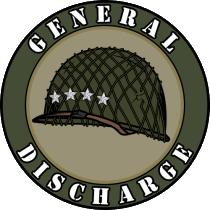
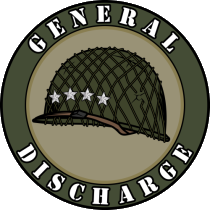

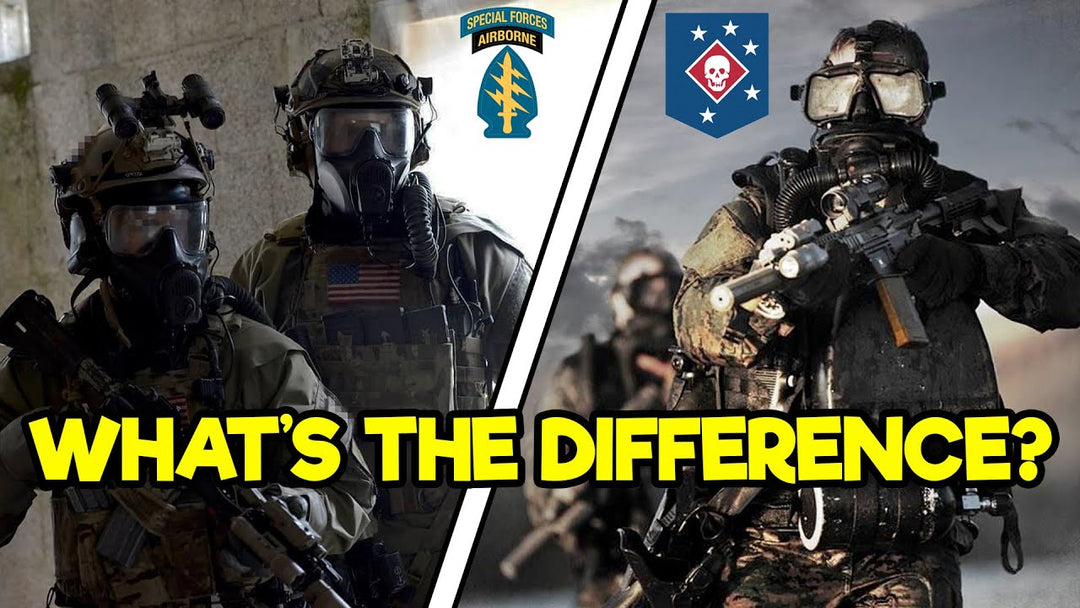
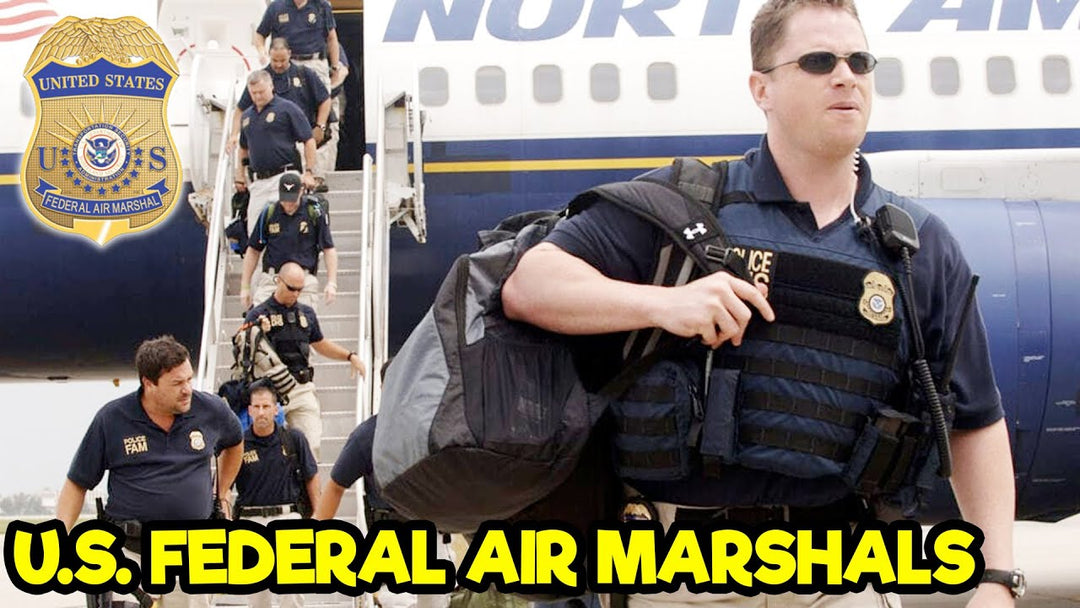
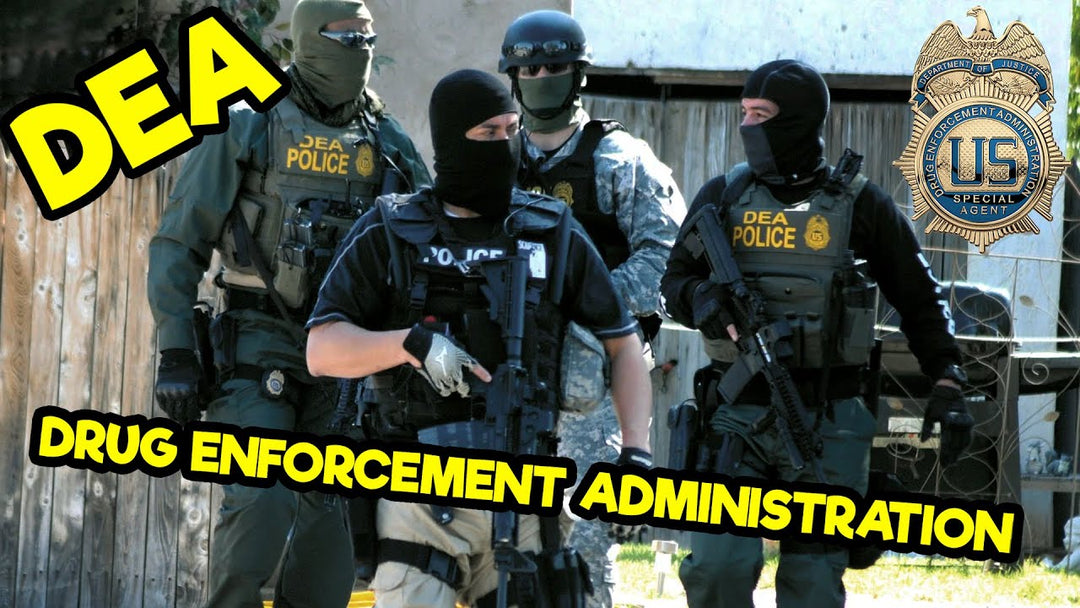
Great Article
Learning about the SEALs is so Motivational & seeing the training is Brilliant I’d like to hear more about the functioning & operational aspects of the SEALs……..
Leave a comment